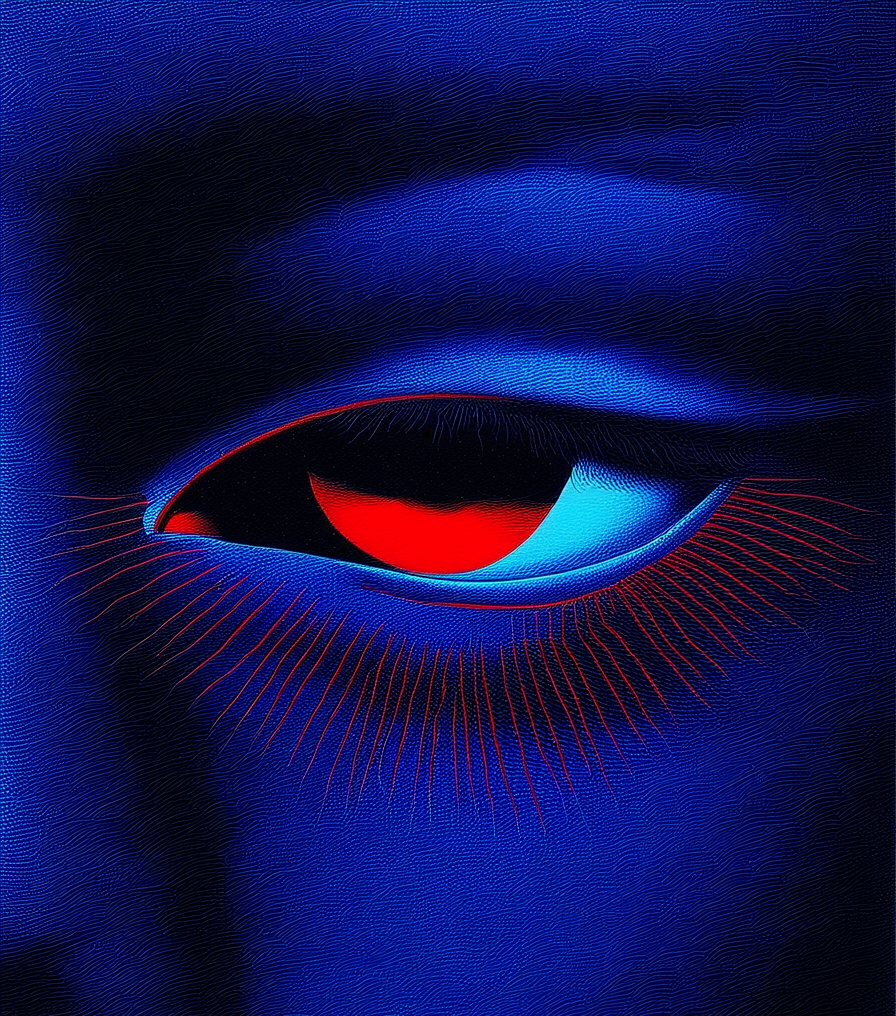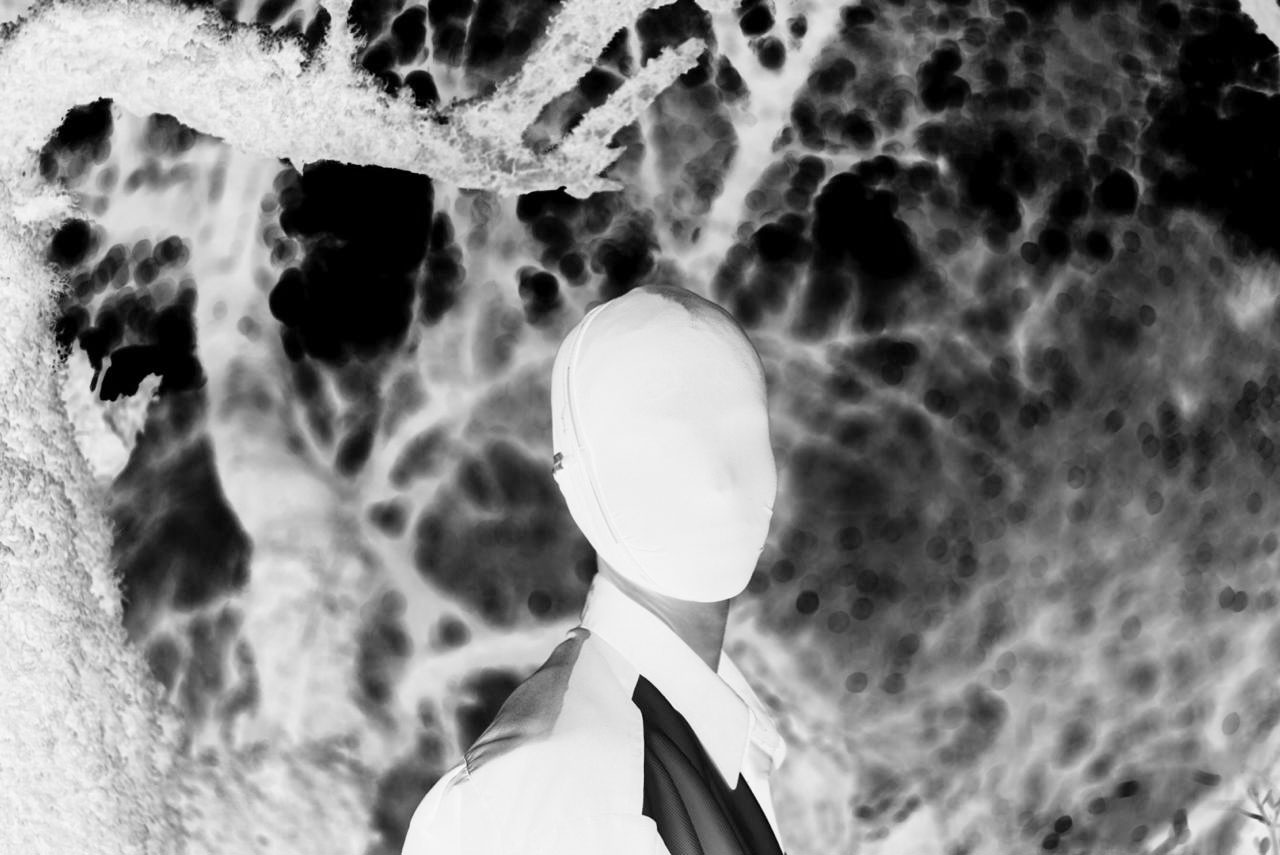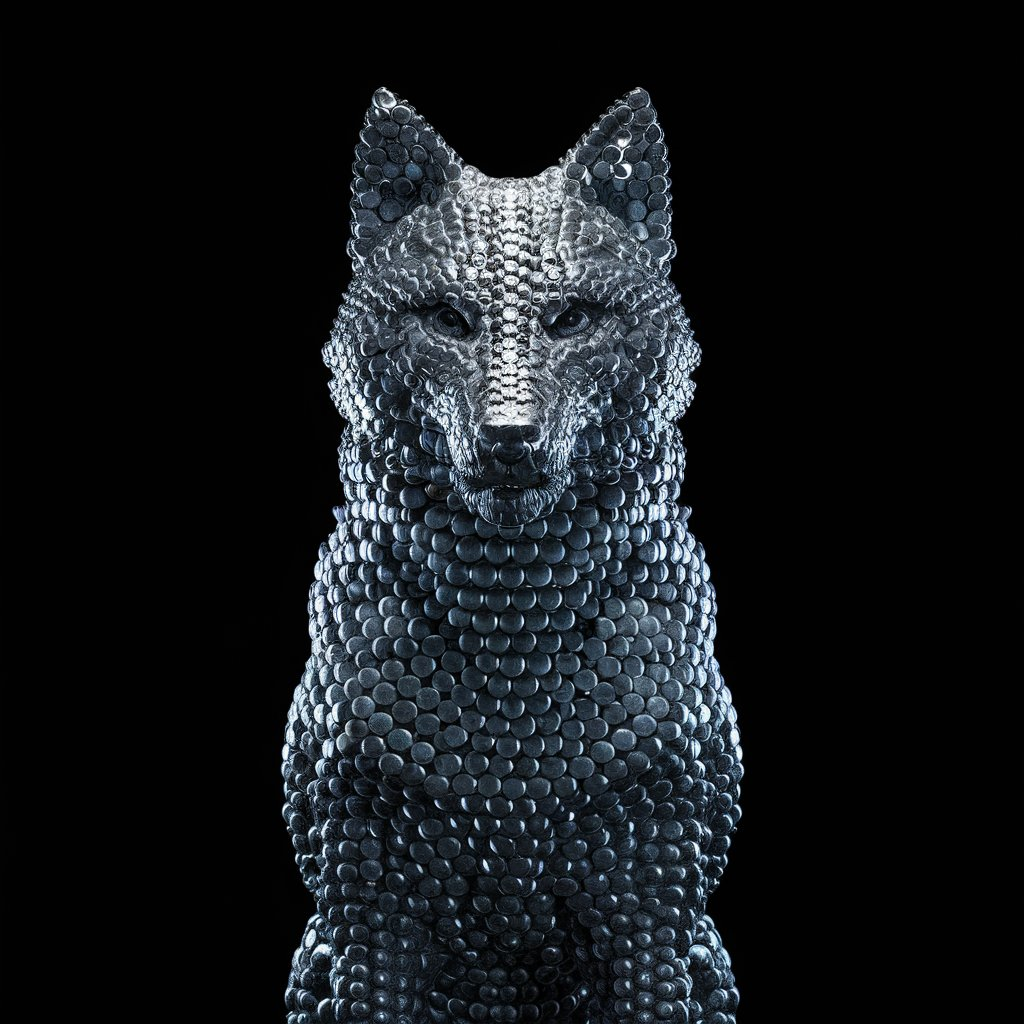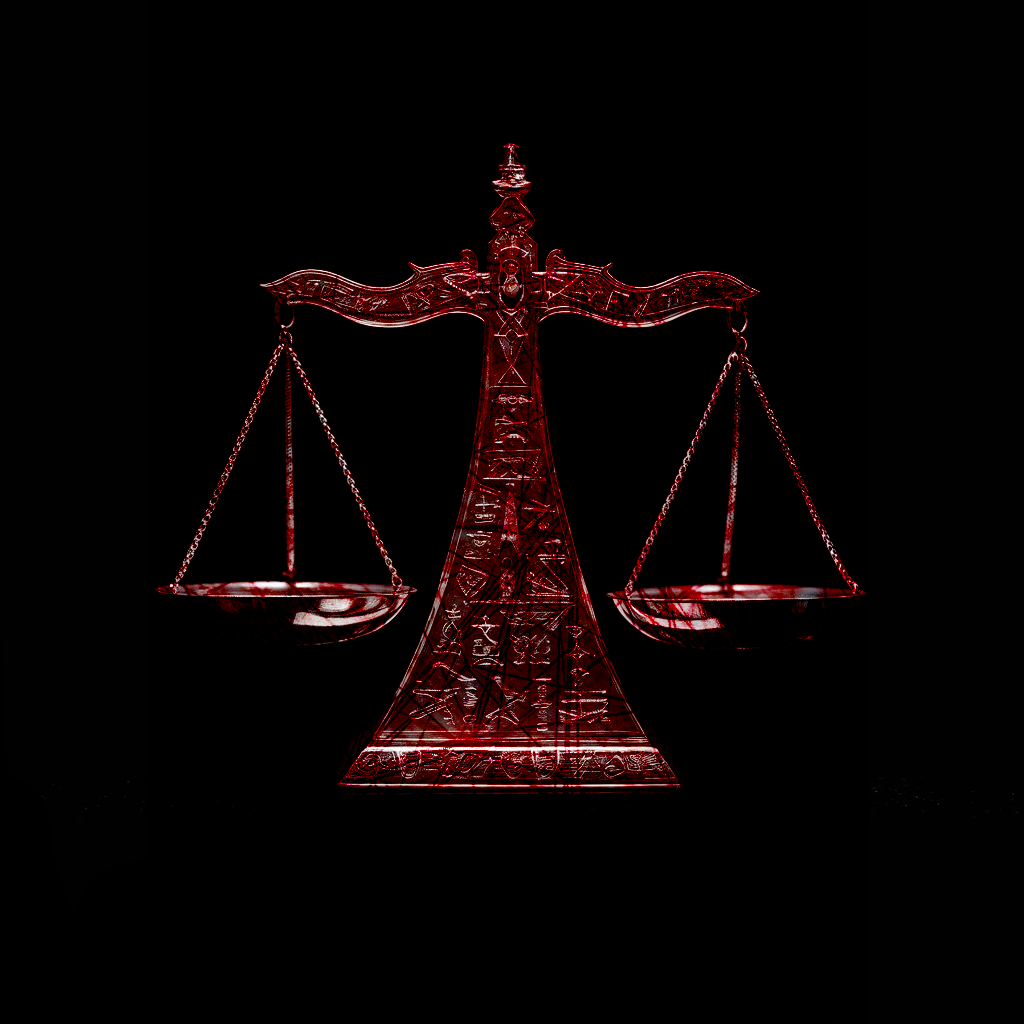Zaid Zeo Redefines Visual Storytelling Through Art and Style
In a world where artistic boundaries are constantly shifting, Zaid Zeo emerges as a voice that refuses to be confined by labels. At just 17, he began shaping his visual journey through photography and drawing — disciplines that sharpened his eye for detail and gave him what he calls “visual nutrition.” Those early practices were more than hobbies; they became the foundation of a career that now bridges multiple realms of creativity, from graphic design to modeling, decorative art to fashion visuals.
What makes Zaid compelling is not just his range but his intention. Every line, every frame, every design carries with it the weight of his experiences and emotions. He does not see art as separate disciplines but as interwoven threads of a larger narrative. For Zaid, photography was never just about capturing an image, and design was never just about arranging shapes — it was about exploring how people perceive art, how they connect, and how visuals can carry the same force as words.
“My artistic career began when I was 17 years old. I started practicing photography and drawing, which gave me a good visual nutrition that helped me design and focus on precise and experimental details in the field of fashion shows,” he explains. Those early explorations gave him a unique lens on fashion’s theatricality and its potential as a stage for storytelling. Through this, he learned that art is not only about what is seen, but also about how it is received.
Zaid’s inspirations are as diverse as his work. In the world of graphic design, he looks up to Fukuda Shigeo and Ikko Tanaka
Two Japanese visionaries who mastered the art of bold minimalism and cultural fusion. In the fashion world, he finds admiration in Mathieu Simoneau, a model whose work pushes boundaries of elegance and modernity. His icons, however, span even further: the haunting music of Joji, the piano poetry of Sofiane Pamart, and the expressive works of Kazumasa Nagai all fuel his artistic vision. These influences merge into a style that is atmospheric, experimental, and deeply personal.
When asked how he would define his style, Zaid doesn’t turn to technical jargon or categories. Instead, he grounds it in life itself: “My artistic style is inspired by the environment and the events I experience, which I try to store in an expressive image.” This process is both personal and universal. His art becomes a container for memory and energy, a way of transforming lived experience into visual form.
Zaid’s message to the world is as important as his visuals. “The message I want to convey to people is that words are not the only way I express myself, but we are much more than that.” His work invites viewers to go beyond language, beyond labels, and to connect with the raw, unspoken truths that visuals can deliver. It is a philosophy that challenges us to feel more than we analyze, to experience more than we explain.
At only the beginning of his career
Zaid has already built a foundation that points toward a future filled with boundary-breaking work. His visual storytelling carries a duality that few can master — cinematic yet human, experimental yet accessible. He does not create to impress but to connect, allowing each project to exist as both a personal reflection and a shared experience. In this sense, his work is not confined to galleries or screens; it belongs to the streets, the runways, and the quiet spaces where people pause long enough to feel.
What makes Zaid remarkable is his refusal to limit himself to one path. He stands at the crossroads of design, fashion, and art, not as someone undecided but as someone who recognizes that his vision requires all of them. For him, disciplines are not boxes but open doors, and each medium provides a different vocabulary to express the same inner truth. A photograph may capture intimacy, a drawing may reveal vulnerability, and a fashion visual may dramatize memory — but together they tell the full story of an artist who sees the world in layers.

Through his journey, Zaid demonstrates that the role of the artist is not simply to choose a medium but to expand the way we see. His work is a reminder that visuals can be more than images; they can be languages, alive with texture and rhythm, carrying the weight of emotions we struggle to name. In this way, he challenges us to stop looking at art as something external and instead experience it as something deeply personal — a mirror, a pulse, a breath that belongs to us as much as it belongs to him.

As Zaid continues to experiment and evolve, one truth remains constant: he is not simply an artist in progress, but an artist already making an impact.
His story is not just about youthful talent but about fearless vision — a belief that creativity knows no boundaries when guided by honesty and emotion. And while his career is still unfolding, the foundation he has built ensures that every step forward will leave a mark, not only on the Moroccan creative scene but on the global stage of visual storytelling.
Check Out More Icons Around The World

